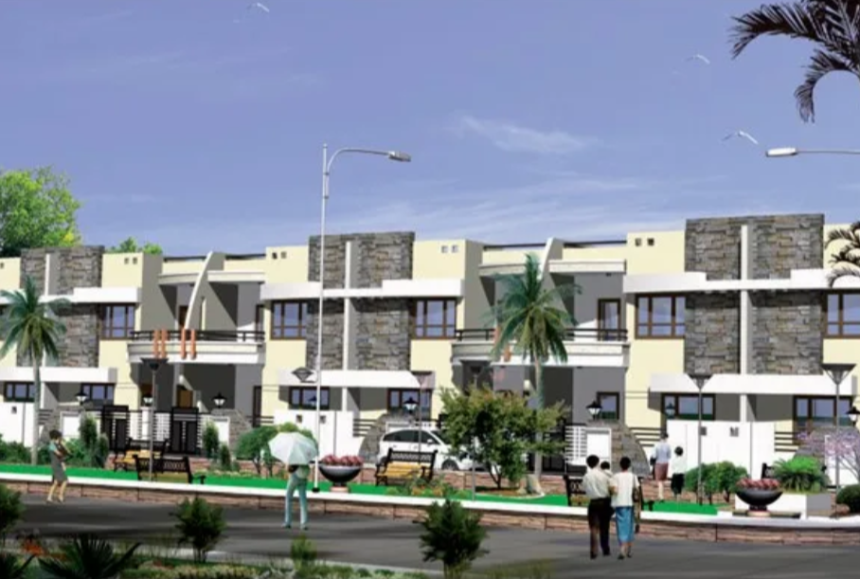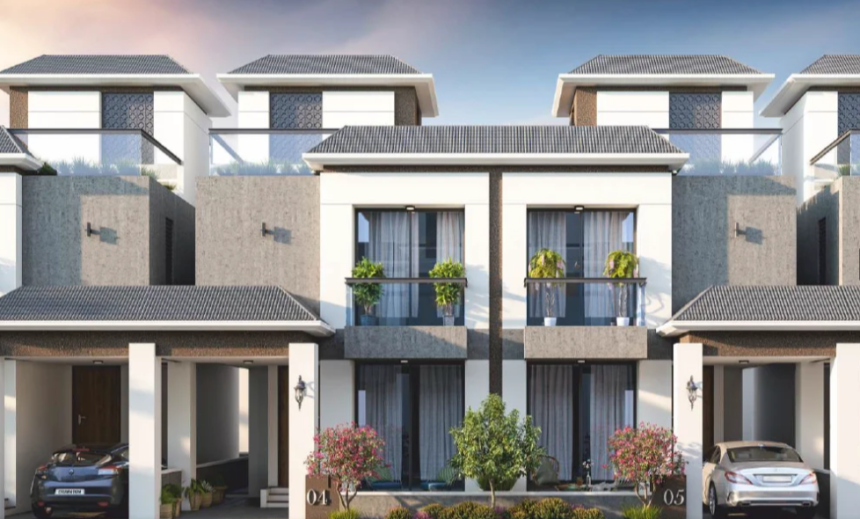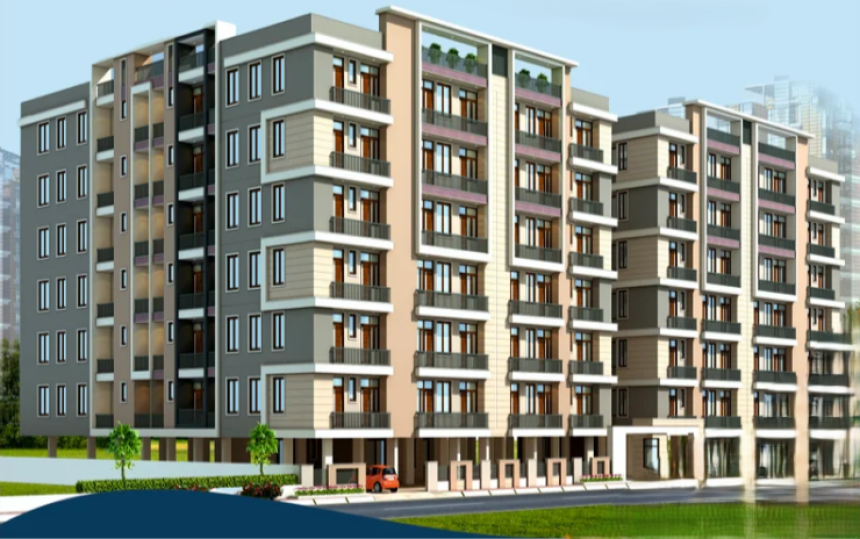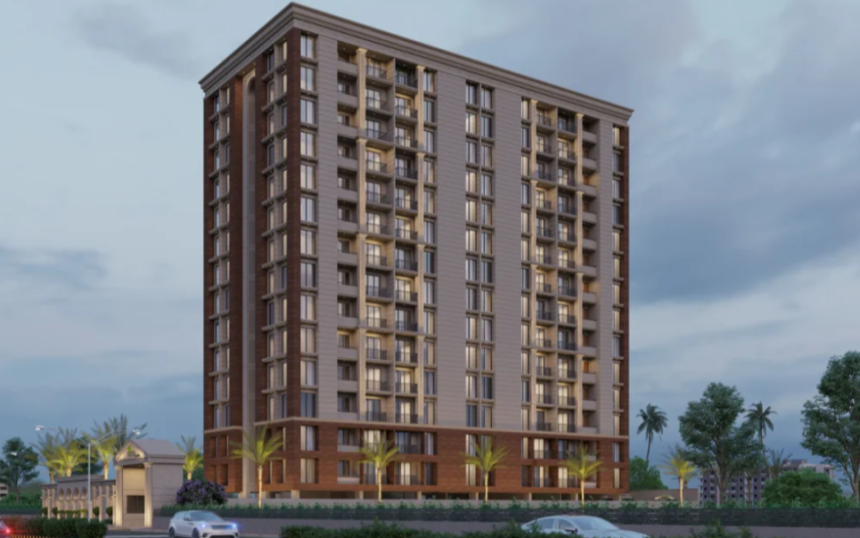
Affordable Housing Crisis in Urban India
The affordable housing crisis in urban India is one of the most pressing challenges facing the nation today. With the rapid pace of urbanization, an increasing population, and a growing middle class, the demand for affordable housing has reached unprecedented levels, while the supply continues to lag behind. This gap is exacerbated by rising real estate prices, land scarcity, and bureaucratic hurdles. The crisis has a significant impact on millions of low- and middle-income families, leading to overcrowding, slum development, and poor living conditions in major urban centers.
1. The Scale of the Affordable Housing Crisis
Urban India has witnessed an exponential growth in population over the last few decades. The 2011 Census recorded over 377 million urban residents, and this number is expected to rise to over 600 million by 2031, accounting for about 40% of India’s total population. This rapid urbanization, combined with inadequate infrastructure and the insufficient availability of affordable housing, has created a severe housing crisis.
Key Stats:
- Deficit in Housing Units: According to the 2011 Census, India faces a housing shortage of 18.78 million units, with 96% of the shortage in urban areas.
- Urbanization Trends: The urban population is expected to grow by over 90 million by 2031, further escalating the need for affordable housing.
- Housing Affordability: A large portion of the population, especially low-income groups, cannot afford housing at current prices. An estimated 70% of India’s urban population earns below ₹30,000 a month, making homeownership a distant dream for many.
2. Factors Contributing to the Affordable Housing Crisis
a. Rising Real Estate Prices
Real estate prices in major urban areas like Mumbai, Delhi, Bengaluru, and Pune have soared in recent years, driven by demand, land scarcity, and speculative investments. The average price of residential property has outpaced income growth, making it difficult for the middle and lower-income classes to afford homes. For example, in cities like Mumbai, the cost of land is extremely high, pushing developers to focus more on luxury projects rather than affordable housing.
b. Land Acquisition Issues
Land acquisition for affordable housing projects is another major challenge. Developers often face difficulties in acquiring land due to complex land titles, legal disputes, and opposition from landowners. Additionally, the process of acquiring land for large-scale projects is time-consuming, which delays the construction of affordable housing.
c. Lack of Adequate Infrastructure
Affordable housing is often pushed to the periphery of urban areas, where land is cheaper. However, these areas often lack basic infrastructure such as roads, water supply, sewage, and public transport, making them less attractive to potential homebuyers and leading to the creation of slums and informal settlements.
d. Regulatory Bottlenecks
The real estate sector in India is plagued by a complex web of regulations, including zoning laws, environmental clearances, and building permits. The approval process is often slow and bureaucratic, which delays affordable housing projects. The lack of a streamlined system for approvals further hampers the construction of low-cost housing.
e. High Construction Costs
The cost of construction has also risen due to factors like the increasing price of raw materials (steel, cement, etc.), labor shortages, and the lack of efficient technology for mass construction. These increased costs make it more difficult for developers to build affordable homes.
3. Impact on Urban Population
a. Slum Development and Informal Housing
As formal affordable housing remains out of reach for many, a large number of people in urban areas resort to living in slums or informal settlements. According to UN-Habitat, around 17% of India's urban population resides in slums, where living conditions are poor, and access to essential services is limited. Slum dwellers often face overcrowded conditions, lack of basic amenities like water and sanitation, and poor health outcomes.
b. Overcrowding
Overcrowded areas, especially in high-density cities like Mumbai, Delhi, and Kolkata, lead to a strain on public services, traffic congestion, and rising pollution levels. Families often have to live in cramped, unsafe conditions, which significantly affects their quality of life.
c. Social and Economic Implications
The affordable housing crisis also leads to social inequality, with the poorest sections of society being excluded from access to basic amenities and opportunities. The lack of decent housing creates barriers to health, education, and employment, contributing to the cycle of poverty in urban areas.
4. Government Initiatives to Address the Crisis
a. Pradhan Mantri Awas Yojana (PMAY)
Launched in 2015, the Pradhan Mantri Awas Yojana (PMAY) is a flagship initiative of the Government of India aimed at providing affordable housing for all by 2022. The scheme has two components:
- PMAY (Urban): Targets the urban poor, providing financial assistance to build or buy homes in cities.
- PMAY (Gramin): Focuses on rural housing needs.
Impact:
- Subsidies and Interest Rates: PMAY offers subsidies on home loan interest rates for eligible beneficiaries, particularly for low-income groups (EWS – Economically Weaker Section and LIG – Lower Income Group).
- Increased Housing Stock: Thousands of homes have been built under the PMAY scheme, but the pace of construction is still insufficient to meet the overwhelming demand.
b. Affordable Housing Projects in Smart Cities
As part of the Smart Cities Mission, the government has included affordable housing development as a key component. Many smart cities are focusing on developing low-cost housing solutions integrated with infrastructure, technology, and sustainable living practices.
c. Subsidy for Developers
The government has also introduced incentives for developers to build affordable housing, such as tax benefits, lower interest rates on loans for developers, and relaxed regulatory norms. The introduction of special economic zones (SEZs) and land pooling models has also been considered to incentivize affordable housing development.
d. Real Estate Investment Trusts (REITs)
In recent years, REITs have emerged as a potential solution for financing real estate projects, including affordable housing. They provide an opportunity for smaller investors to participate in large-scale real estate projects and could potentially attract more investment for affordable housing.
5. Private Sector’s Role in Solving the Crisis
a. Public-Private Partnerships (PPP) Collaboration between the government and private developers through PPP models has been one of the most effective ways to address the affordable housing challenge. Private developers are incentivized to build affordable homes through tax rebates, land grants, and other benefits in exchange for meeting the government's criteria for affordable housing. b. Innovative Construction Technologies The private sector has started exploring innovative construction technologies, such as modular construction, 3D printing, and prefabricated buildings, to reduce construction costs and timeframes. These methods allow for faster, more affordable production of housing units, making them suitable for low-income buyers. c. Land Bank Schemes Private developers can also participate in government-led land bank schemes, where underutilized or vacant government-owned land is used for affordable housing projects. This helps mitigate the issue of land scarcity and lowers costs for developers.
6. Challenges in Addressing the Crisis
Despite various initiatives, several challenges remain in solving the affordable housing crisis:
- Slow Project Execution: Delays in project approvals, land acquisition issues, and financial constraints often result in slow execution of affordable housing projects.
- Limited Financial Access: The low-income population often lacks access to financing options due to low credit scores, lack of documentation, or high-interest rates.
- Land Prices and Scarcity: In urban areas, land prices are often too high to make affordable housing feasible for developers, especially in well-connected, prime locations.
- Policy Gaps: While the government has implemented numerous policies to support affordable housing, the effectiveness of these policies often falls short in addressing the scale of the demand.
7. Conclusion
The affordable housing crisis in urban India is a multifaceted issue that requires coordinated efforts between the government, private sector, and civil society. While initiatives like PMAY and affordable housing schemes in smart cities are steps in the right direction, the challenge remains enormous due to the complexity of urbanization, rising land prices, and regulatory hurdles. Addressing the affordable housing gap will require innovative construction technologies, improved access to financing, and greater collaboration between various stakeholders to provide sustainable and inclusive housing solutions for India's growing urban population.
for more details, visit bharatpropertty.com





